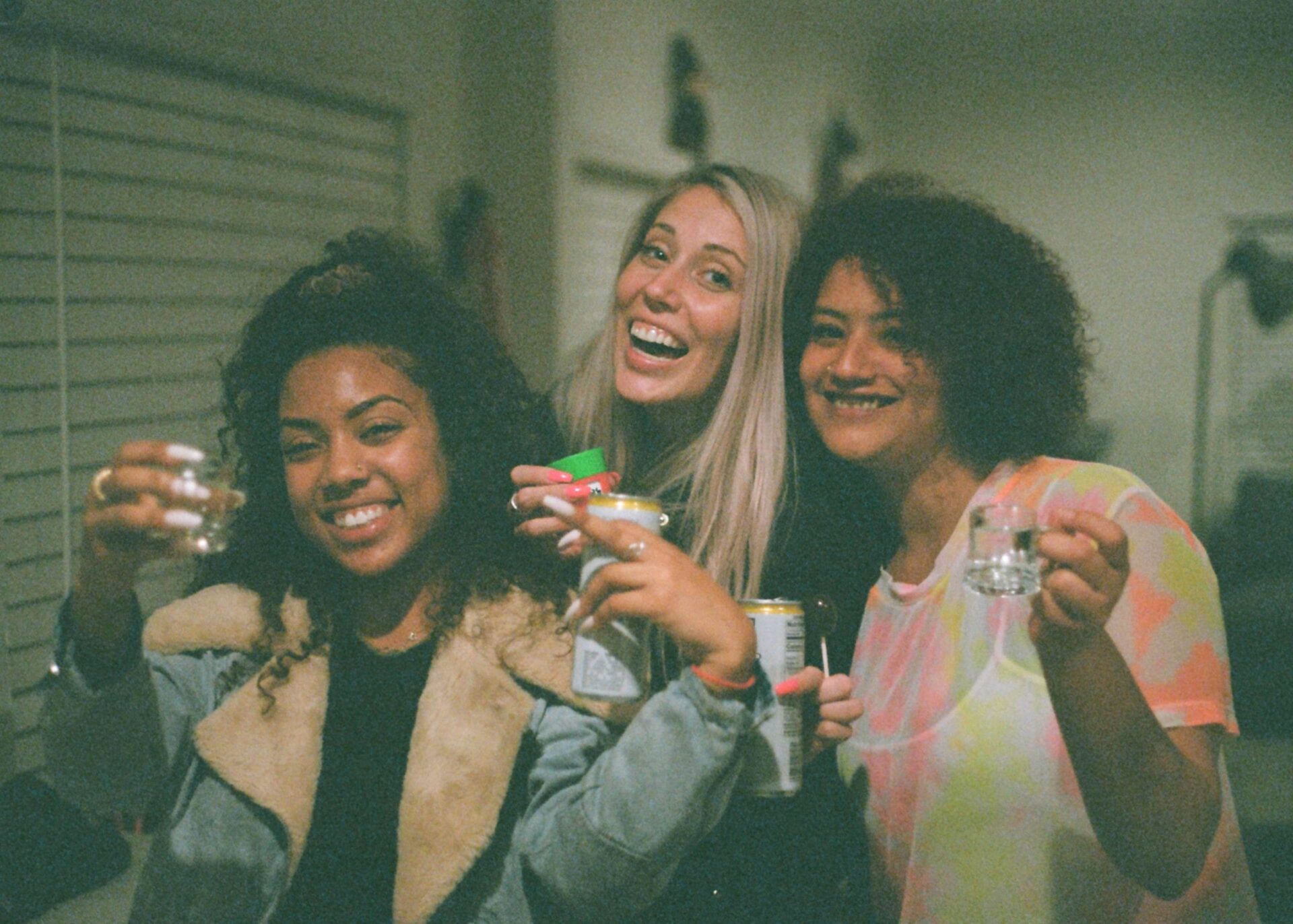
“Like most prohibition policies, these laws don’t work to reduce access to the really dangerous inhalants let alone the less harmful ones like nitrous oxide.”
– Cameron Francis
Will the TGA make nangs illegal this year?
Sophie Stockman
25.2.21
Nitrous oxide – also known as laughing gas or ‘nangs’ – has recently come under scrutiny. The TGA is considering banning nitrous oxide completely, adding it to the list of prohibited substances in the country. This would be a big leap since canisters can currently be purchased over the counter at most convenience stores. We take a look at what has led to this point and what the potential impacts of prohibition could be.
Nitrous oxide is a gas mostly used by doctors, hospitality venues and the automotive industry. In a medical setting, it is used for sedation and pain relief – you may recognise it as the laughing gas used when undergoing minor procedures at the dentist. Outside of a medical setting, nitrous oxide can be purchased over the counter in canisters, often used in restaurants and cafes to whip cream. The gas is also an ingredient that automotive manufactures use to improve engine performance. However, in recent years, canisters of nitrous oxide have found their way onto the party scene due to the rush of euphoria and feeling of floating caused by inhaling the gas.
Nitrous oxide is currently classed by the TGA as a Schedule 4 substance, which means it is available by prescription only. If the proposal goes ahead, nitrous oxide will be elevated to a Schedule 10 substance, meaning it’s considered to be so dangerous to warrant banning it entirely.
The TGA’s webpage about the proposed amendment describes the main reasons for the amendment, saying that ‘Nitrous oxide deactivates vitamin B12. Chronic repeated use can cause neurogenic symptoms of B12 deficiency, including peripheral neuropathy, spinal cord degeneration, dizziness, dissociation, loss of balance, impaired memory and cognition, and lower limb weakness. Prolonged exposure can lead to permanent disability, and the risk of asphyxiation has resulted in fatalities associated with nitrous oxide abuse.’
Data shows that while recent use of nitrous oxide has increased, the frequency of use has remained stable at a median of five days, meaning that most people are using it less than once a month. This suggests that most people are using nangs at a level that is unlikely to cause damage.
Most states have laws that restrict retailers from “knowingly supplying” products that have legitimate uses to people who might use the product as a psychoactive drug. These laws were mostly designed to restrict access to volatile hydrocarbons like glue, spray paint, butane etc. that can be harmful when inhaled. Nitrous oxide is caught by the legislation, despite it having significantly fewer risks than volatile hydrocarbons.
The media hysteria over the misuse of nitrous oxide only shows a narrow reality of how nangs are used in Australia. Cameron Francis, National Operations Manager at drug checking organisation The Loop, knows a thing or two about what’s actually happening on the ground when it comes to substance use and misuse. With over 20 years of experience as a social worker in the youth alcohol and other drugs sector, Cameron is concerned about how the prohibition of nangs could impact the community.
“Like most prohibition policies, these laws don’t work to reduce access to the really dangerous inhalants let alone the less harmful ones like nitrous oxide,” he says.
“We could more effectively reduce any potential harms by providing good-quality information to people who use nangs.”
“Negative symptoms can be avoided by limiting the number of nangs used in a session, and using vitamin B supplements after a nang session to replenish vitamin B12.”
We already know that prohibition doesn’t stop people from using drugs. It didn’t work with alcohol and it hasn’t worked with other substances. Nitrous oxide already has so many other legitimate uses that it will be extremely difficult to eradicate entirely.
Cameron believes a prohibitionist policy with nangs will likely result in increased harm to the community. This is because there are two exceptions to the proposed scheduling, so even if nangs in canisters are banned, there will still be other – potentially more dangerous – ways that people can get their hands on some.
These two exceptions to the proposed rescheduling is the therapeutic and pharmaceutical nitrous oxide designed for human use in anaesthesia, and larger tanks of nitrous oxide likely intended for automotive use.
“Automotive nitrous oxide is not difficult to access, but can be riskier to use due to the high pressure in the larger tanks – which can cause frost injury – and additional additives that might be mixed into the automotive nitrous oxide, says Cameron.”
“I’d predict that we’d see nangs become just another illegal drug, traded in a black-market that’s controlled by organised crime and corrupt police.”
Submissions to the review closed at the end of January and the TGA is set to announce an interim decision on 3 June.
Image Credit:
Photo by kevin turcios on Unsplash
References:
- Adf.org.au. 2020. Nitrous oxide – Alcohol and Drug Foundation. [online] Available at: <https://adf.org.au/drug-facts/nitrous-oxide/> [Accessed 18 February 2021].
- Therapeutic Goods Administration (TGA). 2020. Consultation: Proposed amendments to the Poisons Standard – ACMS, ACCS and Joint ACMS/ACCS meetings, March 2021. [online] Available at: <https://www.tga.gov.au/consultation-invitation/consultation-proposed-amendments-poisons-standard-acms-accs-and-joint-acmsaccs-meetings-march-2021> [Accessed 18 February 2021].
- Therapeutic Goods Administration (TGA). 2017. Scheduling basics. [online] Available at: <https://www.tga.gov.au/scheduling-basics> [Accessed 18 February 2021].
- 2018. Australian Drug Trends 2018. [ebook] Ecstasy and Related Drugs Reporting System 2018, p.53. Available at: <https://ndarc.med.unsw.edu.au/sites/default/files/National%20EDRS%20Interview%20Report%202018_4.pdf> [Accessed 18 February 2021].
Sign up
Sign up for movement news and opportunities to get involved.
We are building a movement to make drug use legal and safe in Australia so that everyone has a better chance to lead a healthy and happy life.